Well the 2016 wild mushroom season in the Dandenongs has been unusually poor with some small periods of rain interposed with longer periods of very dry conditions.
Despite this the boletes and agaricus have been up and we did also find quite a few Macrolepiota clelandii specimens (although we dont pick or eat this species as its edibility is unknown).
Suillus granulatus and cracked boletes were out in force, as were quite a number of Leccinum scabrum (Birch Boletes) which generally are our quickest wild-picked seller. And there seems to be a plague of the majestic Phlebopus marginatus.
We were also excited to finally find an Agaricus around the Dandenongs that fit the description for Agaricus augustus – complete with persistent skirt, scales below the ring, gold cap with gold staining on damage and a mild smell of almonds. Sensational looking mushroom. As well as some arvensis and other interesting but unknown Agaricus species.
We’ve also had quite a few encounters with various shaggy parasol variants (caution with this group as some people experience violent illness as a result of ingestion) and deathcaps (Amanita phalloides) which is fatally poisonous at even small amounts.
When decent and market-quality blewits, saffrons and other edibles will be up is anyone’s guess. There have been a few Pine mushrooms about but not a huge amount. Our aim for the rest of the season is to try and find some Black Trumpets, some blewits and to find a good native Velvet Shank (Flammulina velutipes) specimen for cloning to add to our culture library.
We post most of these species for interests purposes only. We only generally sell Saffrons, birch boletes and blewits.
Birch boletes (Leccinum scabrum) from 2016:
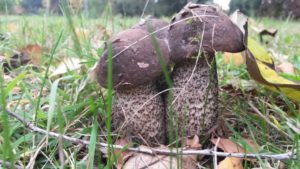
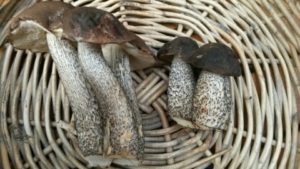
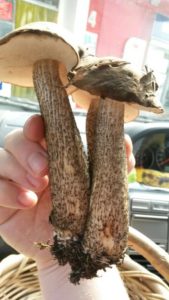
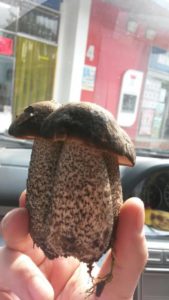
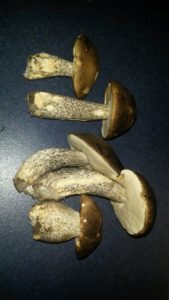
Suillus granulatus (Slippery Jill/Weeping bolete):
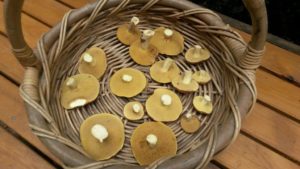
Agaricus augustus (the Prince):
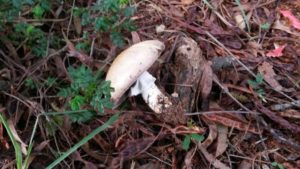
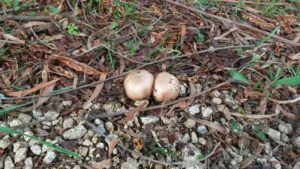
Agaricus arvensis – lovely aniseed smell found in a Horse paddock in Narre Warren:
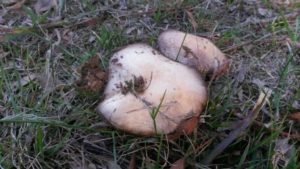
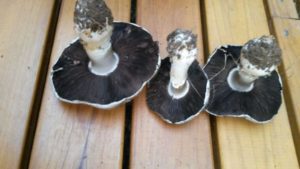
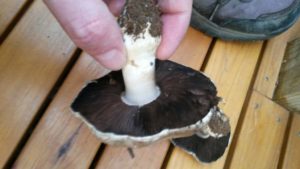
Macrolepiota clelandii (edibility unknown):
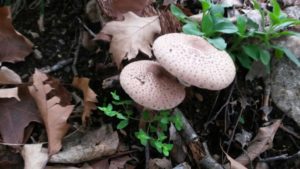
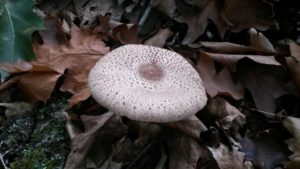
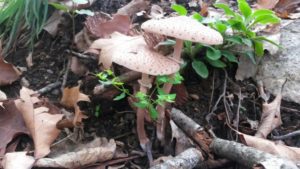
Phlebopus marginatus (Salmon gum bolete):
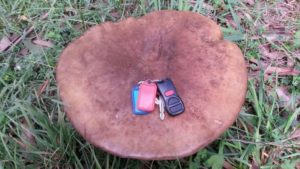
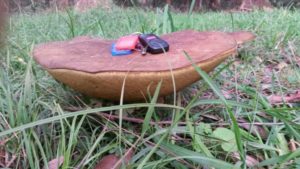
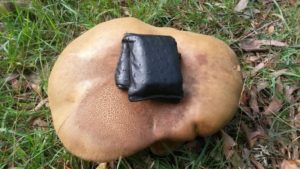
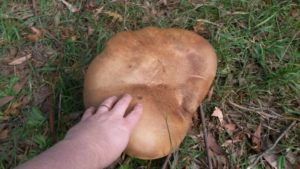
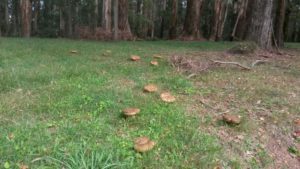
An interesting Agaricus with red staining and characteristics somewhat like subrufescens:
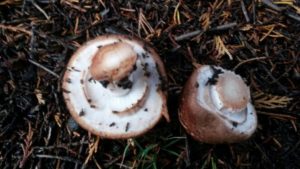
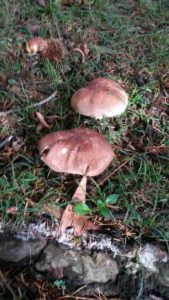
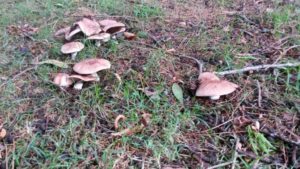
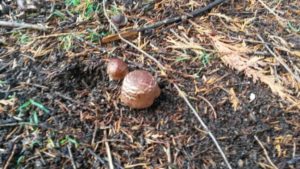
Shaggy parasol (Chlorophyllum species – caution advised!)
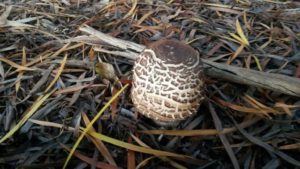
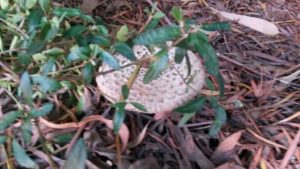
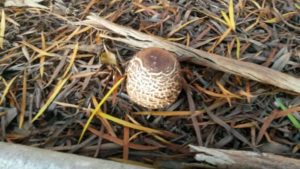
The cracked bolete:
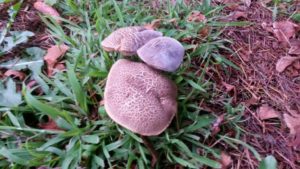
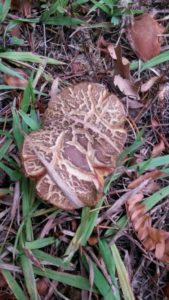
Armillaria luteobubalina – apparently edible when boiled for ten minutes:
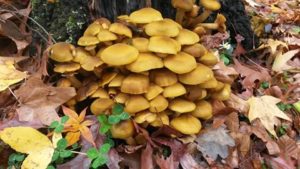
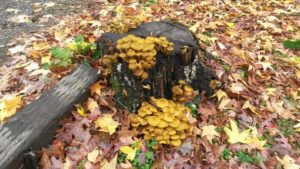
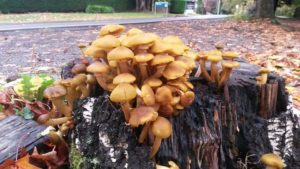
Cordyceps gunnii – found just down the road from my home:

A massive feral oyster from the original location that we cloned for our blue oyster:
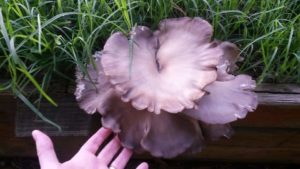
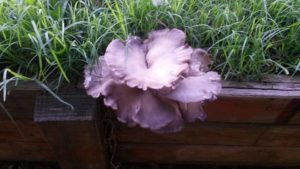
Not a commercial quantity but some nice breaky:
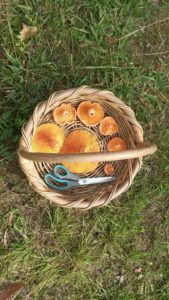
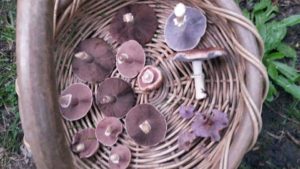
Lycoperdon under some pine trees:
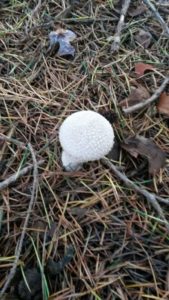
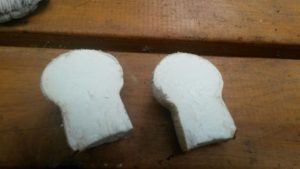
And one to avoid at all costs – Amanita phalloides (the Death Cap – DEADLY POISONOUS):
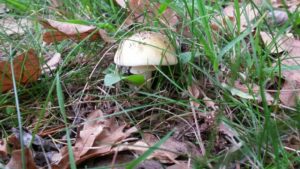
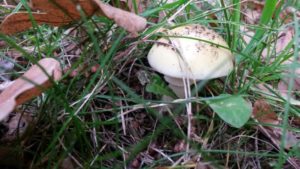
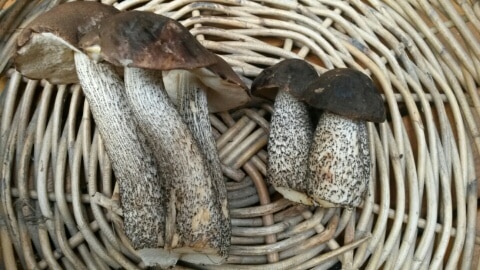

Awesome set of picks. Some of those mushies are real whoppers. Would make a nice coffee table!
hi im trying to find out if anyone is finding saffron milk caps this month.
Probably getting a bit late in the year although some seem to be still in SA